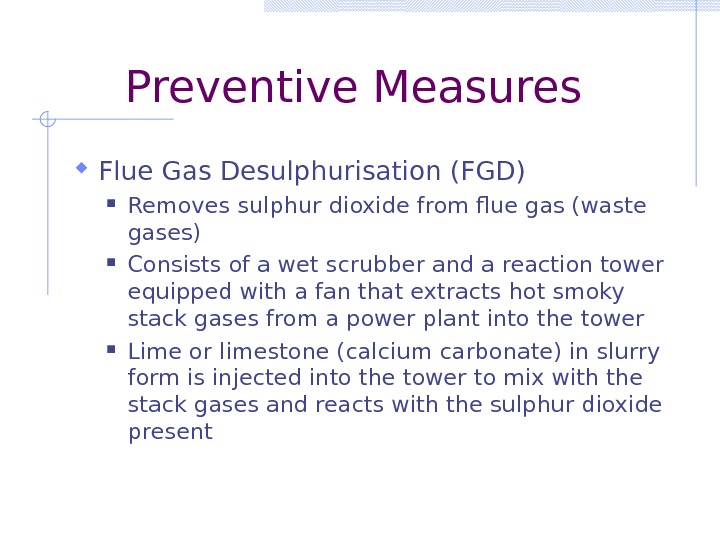

The process of precipitation has some requirements involving the valency of both the antigen and the antibody.The interaction between the soluble antigen and antibody results in the formation of insoluble lattice that forms precipitate out of the solution.Precipitation is a process where soluble antigens bind with their specific antibody at an optimum temperature and pH, resulting in the formation of an insoluble precipitate. The agglutination formed is then used to quantify the DNA strands by q-PCR.In this technique, the antibodies bind and agglutinate with antigen-DNA conjugates which enables the DNA strands to ligate with the antibodies.


The agglutination process involving red blood cells is termed hemagglutination, and the process with white blood cells is termed leukoagglutination.The carrier can either be artificial (such as latex or charcoal particles) or biological (such as red blood cells).Agglutination reactions are used to particulate test antigens that are usually conjugated to a carrier.Agglutination is the process of clumping of antigens with their respective antibodies.


 0 kommentar(er)
0 kommentar(er)
